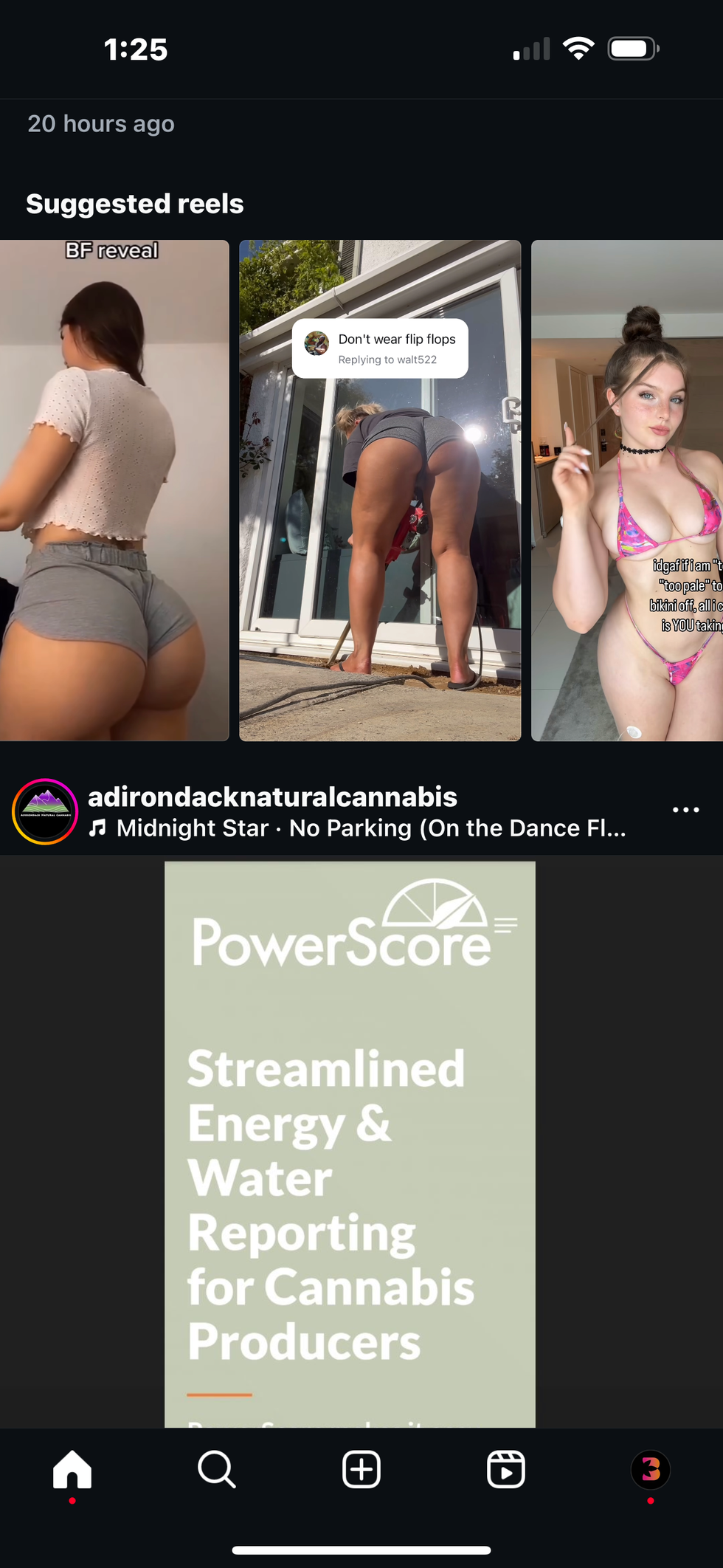Live resin and live rosin are two popular cannabis concentrates that have been gaining popularity in recent years. While both are made using a similar process, there are some key differences between the two. In this article, we'll take a closer look at the differences and similarities between live resin and live rosin.
The potency of cannabis concentrates takes cannabis to a new level, with THC rates exponentially higher than flower can ever be. For instance, cannabis flower typically contains between 15-25% THC, whereas concentrates like resin or rosin are usually 90% THC or higher.
Live resin is just one of many high-THC products available. If you want a better experience than regular resin, live resin offers advantages most other concentrates can’t.
So what is live resin, how’s it made and what does it do? These are all questions you’ll need to answer before trying this product.
What is Live Resin?
Resin isn’t unique to cannabis, but unlike other plants, this sticky, protective layer is packed with trichomes, which contain terpenes and cannabinoids. When extracted and isolated, it creates a concentrate that can reach over 90% THC.
How is Live Resin Made?
To understand how live resin is made, we need to take a quick look at regular resin. Both are similar in most respects. They use a hydrocarbon solvent like butane to isolate and gather the resin.
However, while resin goes through the standard drying and curing process, live resin skips that step. Instead, producers immediately harvest and flash-freeze the flower. The plant matter and solvent stay at an extremely low temperature throughout the process. The downside, however, is that extraction requires expensive industrial equipment and trained technicians.
As butane gradually passes over the fresh flower, it dissolves the trichomes, allowing its solvent to bond with cannabinoids and terpenes. Eventually, this process strips the flower of its resin, leaving behind solvent traces and plant matter.
Resin also uses butane as a solvent but doesn’t necessarily need industrial-grade tools. As for live resin, the crucial flash-freezing step is impossible to perform in your kitchen or garage.
Why Choose Live Resin?
There’s a reason why live resin gets its name, and more importantly, what that means for you.
The term “live” resin describes its source material - freshly harvested, uncured (live) plants. This allows for more effective cannabinoid, flavonoid, and terpene retention than normal resin.
The conventional method of drying and curing before extraction lets cannabinoids degrade when exposed to light or air for an extended period. Consequently, conventional resin loses a lot of beneficial compounds before it even gets extracted.
Live resin, however, goes straight to extraction without drying or curing. This prevents cannabinoid and terpene loss from light and air exposure, leading to a more robust full-spectrum concentrate.
Resin vs. Rosin
We feel it’s important to make this distinction, as it’s still a frequent source of confusion. Just like resin, rosin can be regular from cured plants or “live” from fresh cannabis.
Also like resin, rosin is made from the same sticky, trichome-laden, sappy liquid secretion. What sets rosin apart is its extraction process, which is pretty basic compared to its counterpart.
Rosin production is solventless, meaning no butane or any other chemical is necessary. Instead, manufacturers and do-it-yourselfers use heat and pressure to squeeze the sappy resin from flower, kief, or hash.
The product is so easy to make, any adult can do it safely with a few simple household tools.
The Live Resin Experience
Live resin offers a host of recreational and therapeutic effects, making it a go-to for experienced consumers and medical users alike.
Potency
In general, concentrates like live resin can easily reach THC levels of up to 90%, but that’s just the tip of the iceberg.
While high-THC may put a lot more tetrahydrocannabinol in your body, it won’t necessarily provide the most potent effects. Terpenes and other cannabinoids (or lack thereof) have a huge impact on the intensity and nature of your high. This is due to a synergistic relationship called the “entourage effect,” where other cannabis compounds work together to improve the effects of a chemovar.
That’s the beauty of live resin. It can reach incredible THC concentration and retains a full terpene and cannabinoid profile that dwarfs conventional resin.
Effects
Live resin’s whole-plant sourcing creates different cannabinoid and terpene profiles. The precise effects, therefore, vary depending on the strain used.
One thing live resin is known for, however, is its powerful and long-lasting high. Depending on the other compounds present, your experience might be uplifting, relaxing, or in between.
Generally, though, you can expect some of the following effects:
- Strong euphoria
- Appetite enhancement
- Dizziness
- Drowsiness
- Distorted perception (visual, hearing)
- Energy
- Focus
- Creativity
- Alertness
- Desire to socialize
- Chattiness
However, it’s not all sunshine and rainbows. Like all THC and its derivatives, live resin can trigger unpleasant side effects, especially if you’re new to concentrates. Keep an eye out for the following:
- Anxiety
- Paranoia
- Nausea
- Dry mouth
- Headache
- Increased heart rate
- Hallucinations (auditory, visual)
If your only experience has been dried flower, approach live resin - and all concentrates - with caution.
Flavor
Live resin’s flavor isn’t universal. It varies based on your product’s terpene content.
For instance, limonene is a terpene found in citrus fruits. Live resin containing a lot of limonene will have a lemony citrus taste.
A live resin high in pinene - a terpene responsible for pine’s aroma - will have a sort of woody, earthy, pine flavor.
Want to learn more about terpenes and how they affect your cannabis experience? Check out our detailed article here.
How to Use Live Resin
To use live resin, you need special equipment, because your pipe, bong, or dry herb vaporizer won’t cut it. There are a couple of ways you can try this concentrate.
Dabbing
Dabbing is the most common method concentrate-lovers use for consuming live resin. This requires a special water pipe called a “dab rig” that - to the untrained eye - resembles a regular bong.
Rather than using a lighter, you need a butane torch and a thin, elongated tool called a “dab nail.”
Simply fire the torch onto your nail until it literally glows with heat, then wait about 60 seconds for it to get cooler.
Lightly touch the live resin with your heated dab nail and inhale through the rig like you would a normal bong.
If you’d rather not use a torch, consider investing in an e-nail. This gadget uses electricity, rather than fire, to heat a built-in nail, allowing for much better control and safety.
Dab Pens
If rigs, nails, and butane torches aren’t your thing, then you can always go with a dab pen.
Dab pens look just like regular dry herb vaporizers and function the same way. Just add your live resin or other concentrate into the chamber and let the device do the rest.
Pens are a better choice for beginners, since they’re cheap and user-friendly. Dabbing with a rig takes practice before you get used to it.
Never use live resin in a dry herb vaporizer. This can seriously gunk up your equipment and ruin its performance.
Vapes and Vape Cartridges
Vape cartridges are essentially the same as dab pens. Some vendors offer live resin in pre-filled cartridges meant for use on a 510-threaded vape pen.
You can also find disposable vape pens, which contain the battery and tank as a single unit. Once empty, just discard it. This is a bit more convenient, but not as cost-effective as investing a few dollars on a reusable vape pen battery.
Mix With Flower
Mixing with dry herb is arguably the easiest option, which involves placing a small amount of live resin or other concentrate on top of a bowl (pipe or bong).
Simply light up and smoke as usual.
Start Low and Go Slow
Excited about live resin? Don’t be too hasty. As we said, it’s a powerful product you should approach carefully or risk greening out. Just remember to follow the classic rule of “start low and go slow.”
Start with one rip or puff, then wait a few minutes to be safe. The effects hit quickly, so you’ll soon know if you’ve had enough.
It doesn’t hurt to be prepared. If this is your first time trying live resin, it’s good to learn ways of handling a THC overdose. You can find a complete guide in our article about greening out.
Live Resin Health Concerns
All cannabis products can pose some kind of health risk, so make sure you understand the potential consequences of inhaling live resin.
The main consideration is how cannabis concentrate smoke or vapor can impact lung health. With legalization being sporadic, research is a bit hampered. Unfortunately, we don’t know what (if anything) can happen following decades of regularly using concentrated THC products at such high potency levels.
Monitor yourself. If you notice any unknown symptoms, stop dabbing and see a medical professional. Also, don’t make dabbing your go-to consumption method. Moderation is always important, no matter what you do.
Where to Get the Best Live Resin
Live resin takes time, sophistication, and skill to manufacture. With all the crucial parameters and steps, some producers are bound to cut corners. Of course, this is bad news for consumers as they navigate an ever-increasing list of choices.
We examined a variety of brands offering live resin - many of which were pretty good. But BLOOM is a product that really stood out for us.
BLOOM cannabis is sourced from their home state of California and comes loaded with natural terpenes and cannabinoids.
The company recently launched a new line of live resin products based on different unique strains in 0.5 and 1.0 g units. Choose from:
- Orange creamsicle (90% THC):
- Blueberry Cake (90% THC)
- Jet Fuel (90% THC)
- Slurricane (88% THC)
Each product focuses on certain effects, so you’re guaranteed to find a live resin that works for you.
Need a little more Bluntness in your life? Check out our YouTube page!
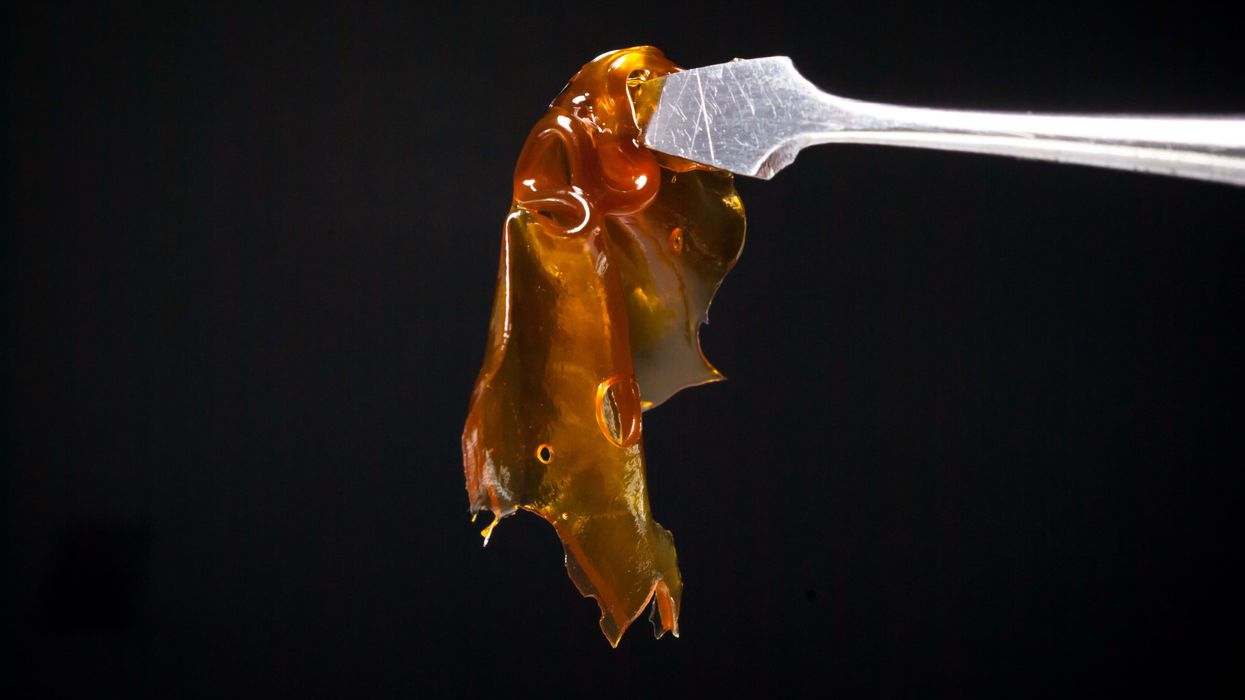


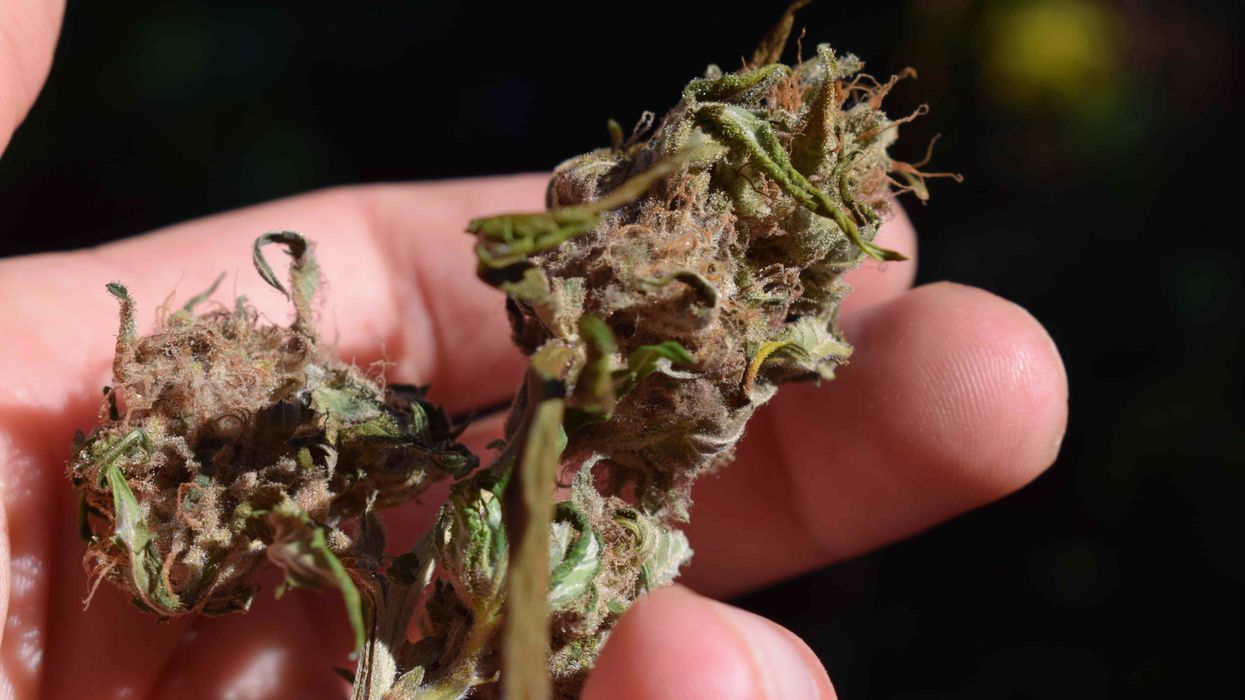

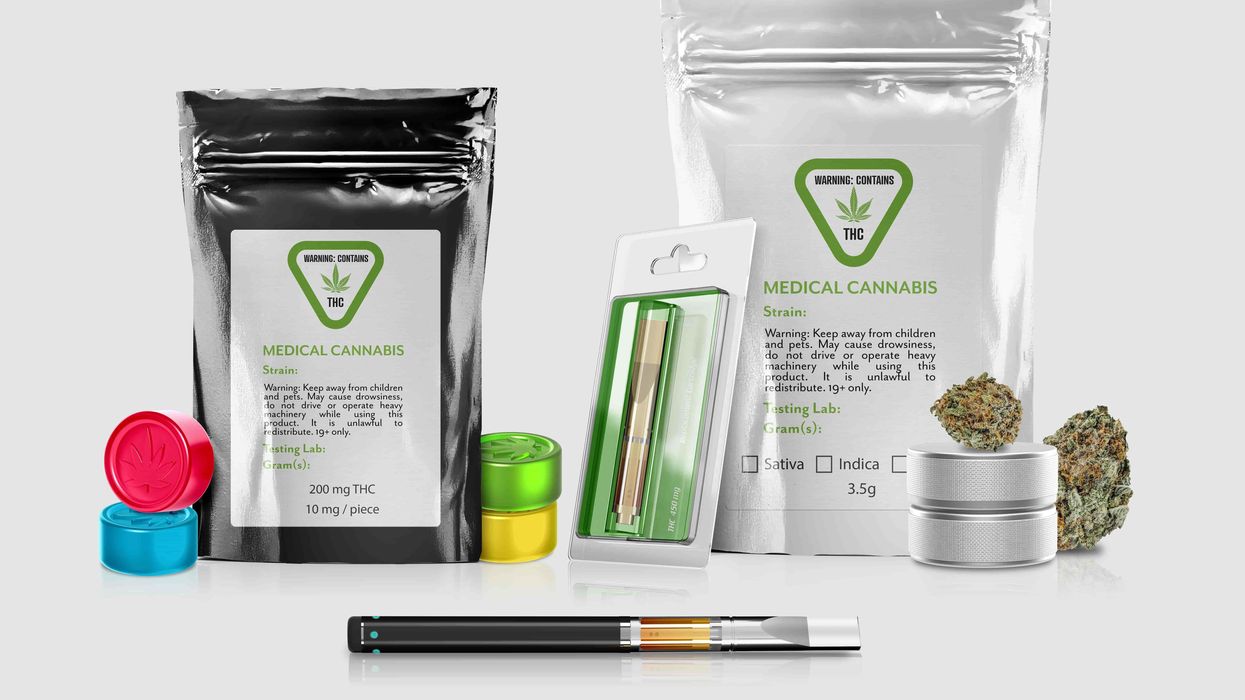


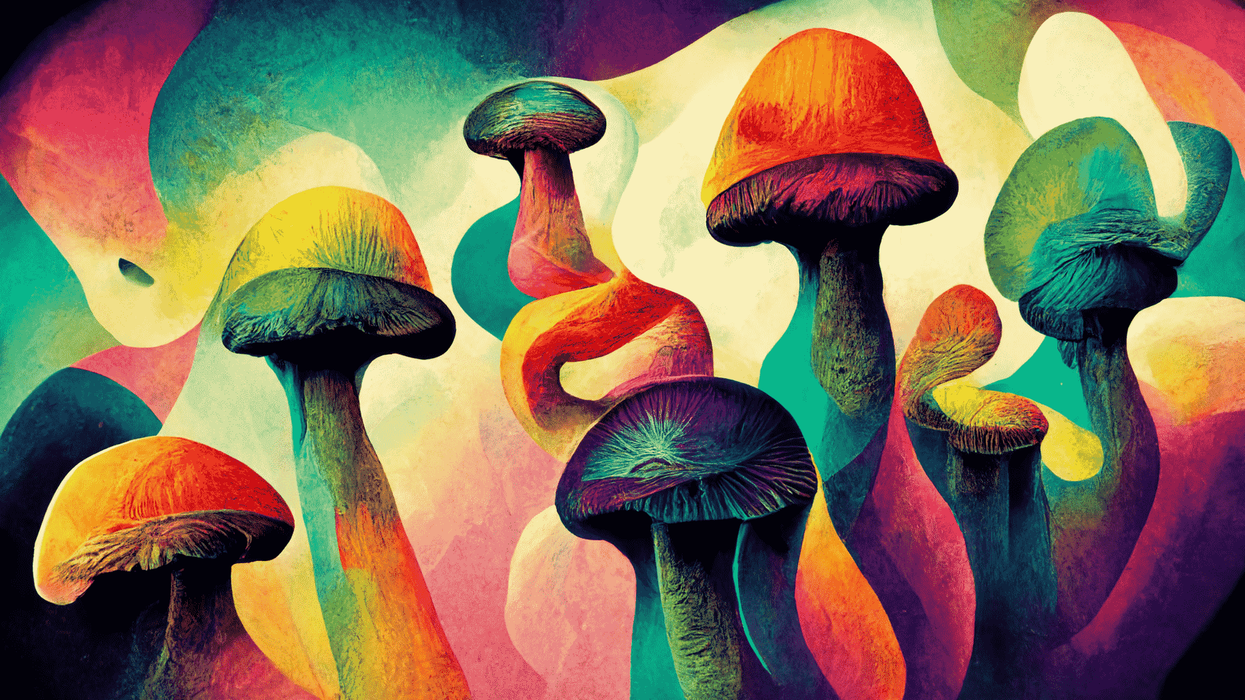
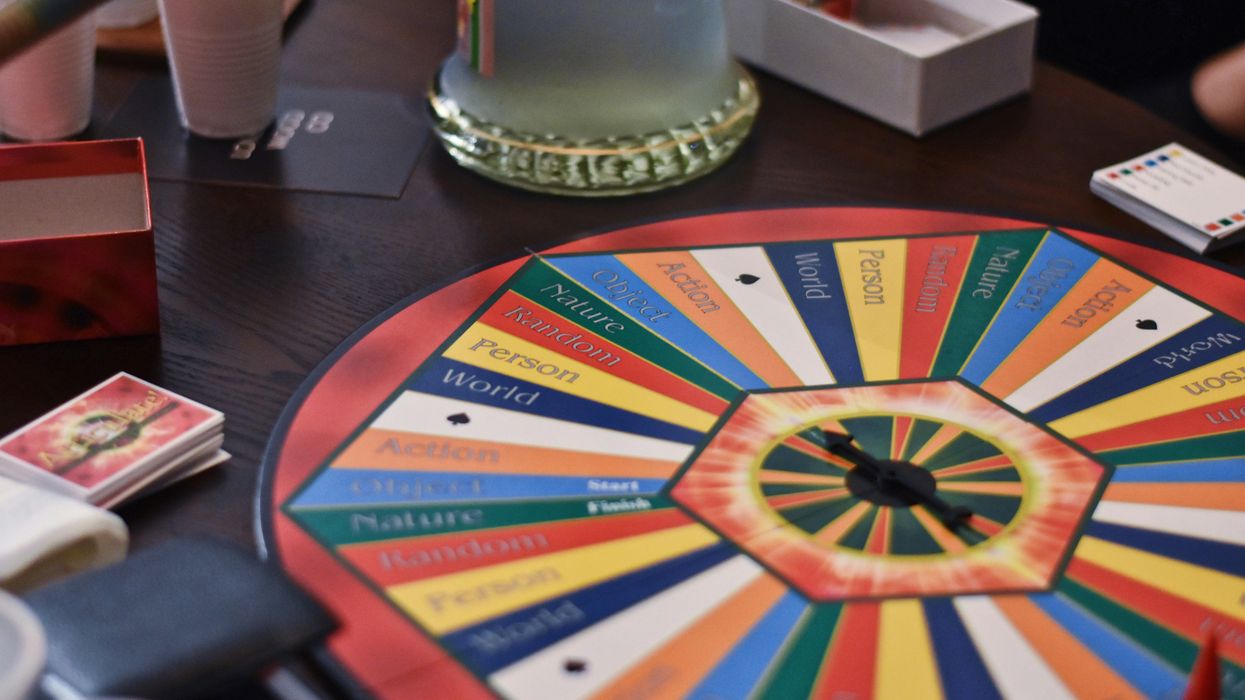


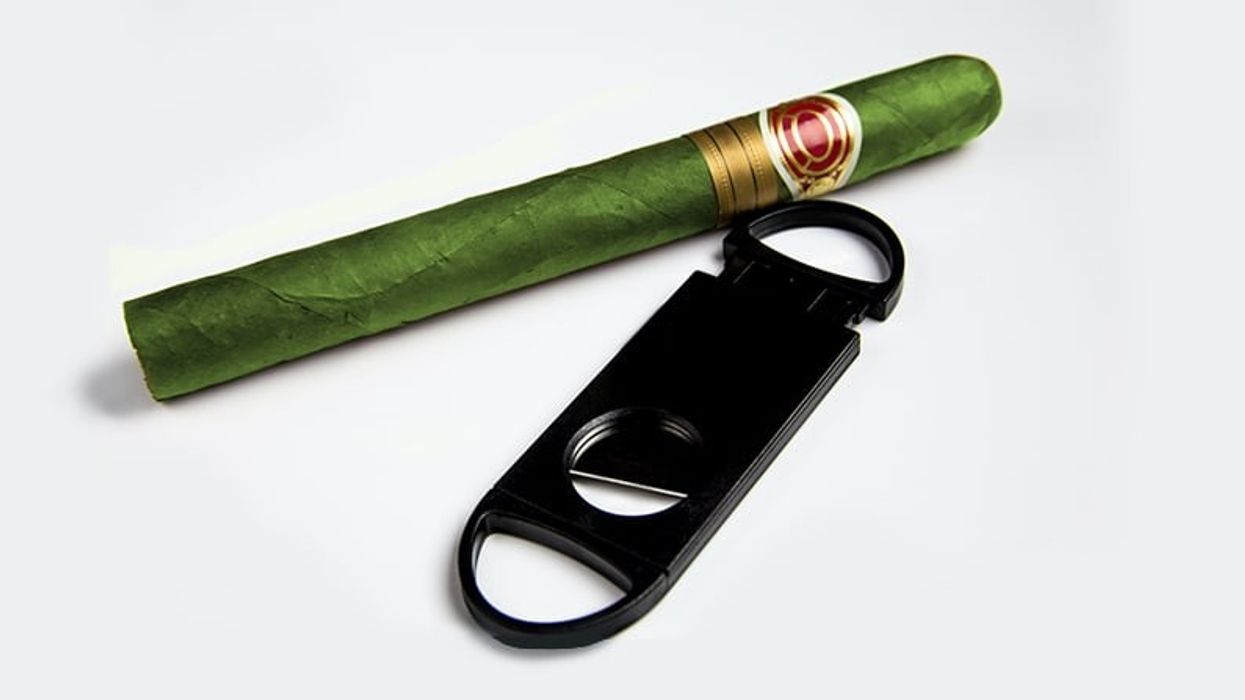
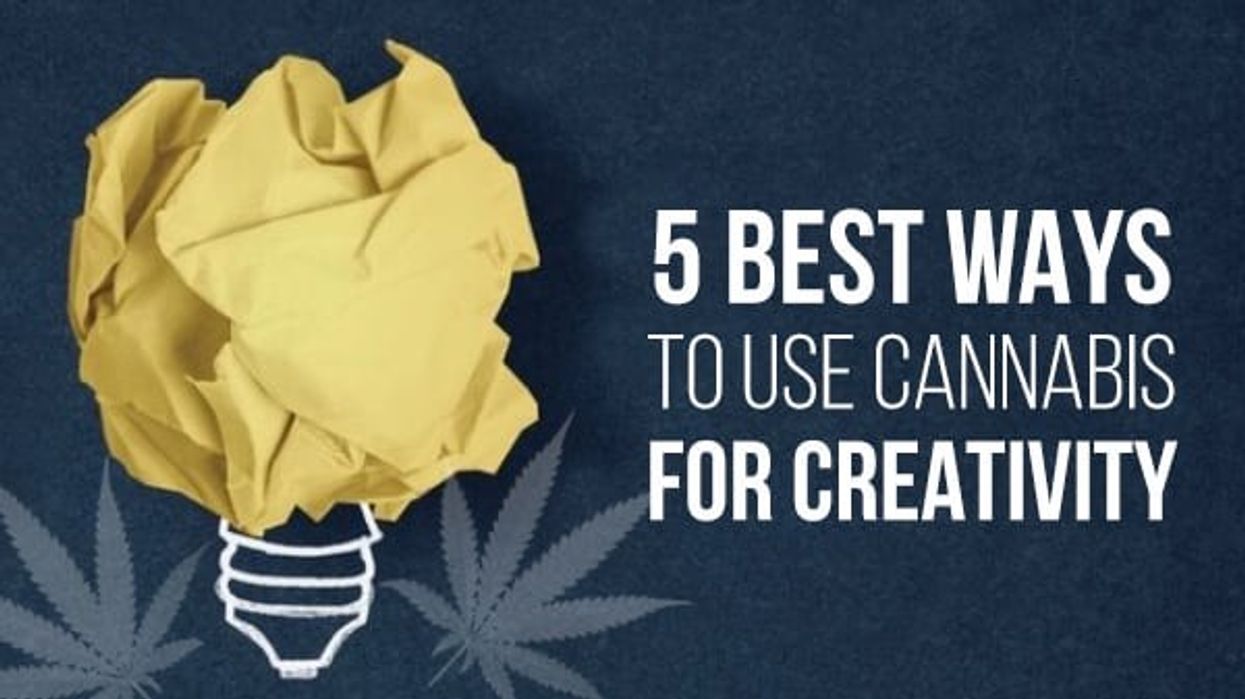
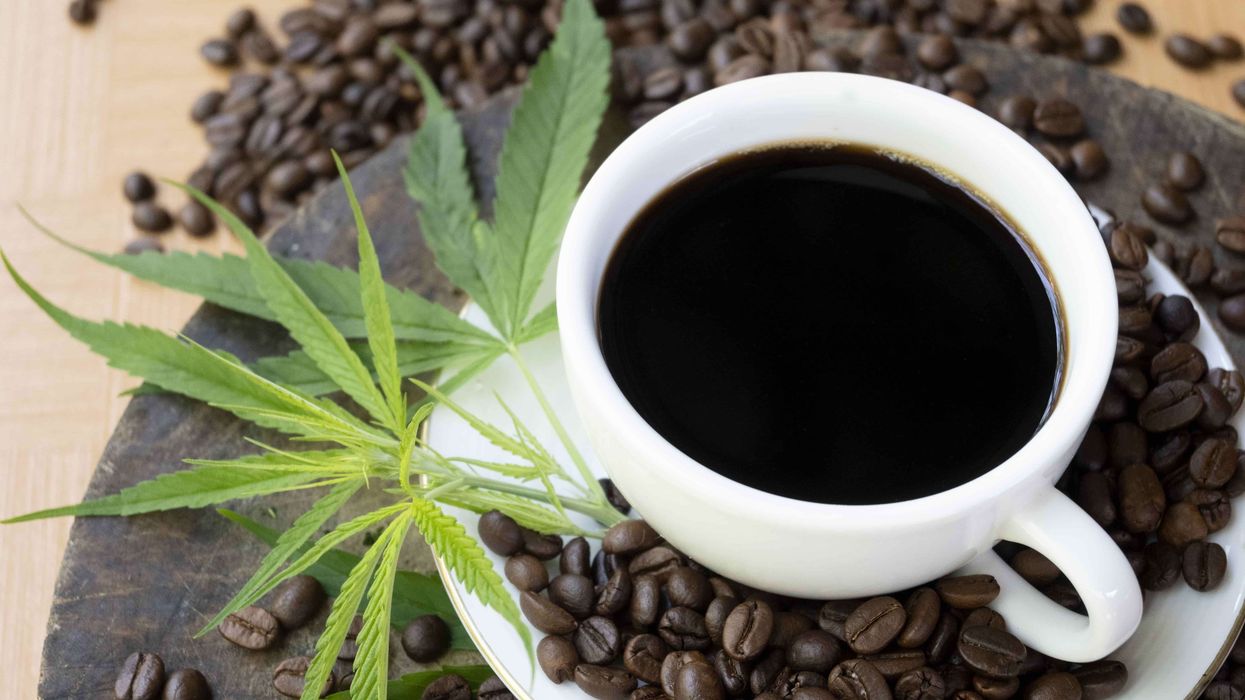
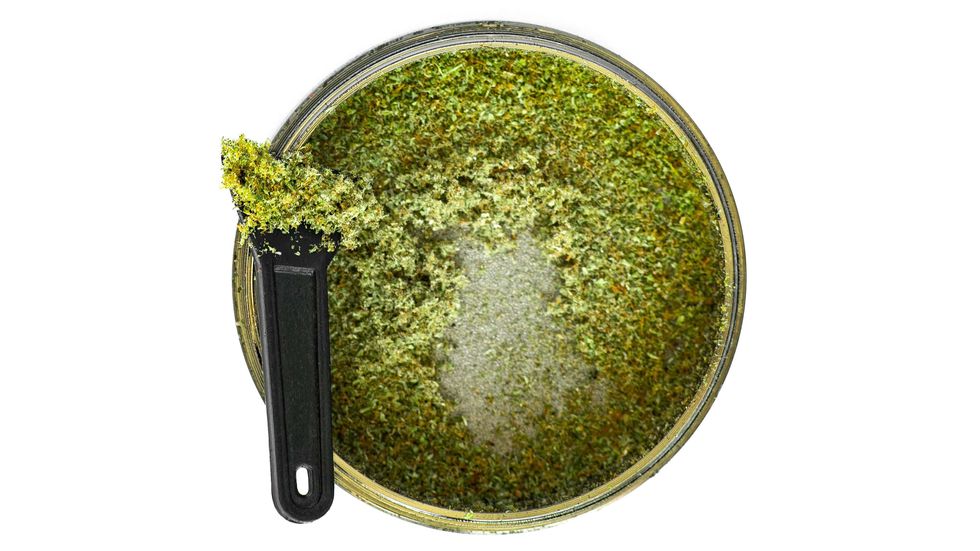 What will you do with that cannabis kief collection? - Make Coffee! The Bluntness
What will you do with that cannabis kief collection? - Make Coffee! The Bluntness DIY: How to Make Kief Coffee - The Bluntness
Photo by
DIY: How to Make Kief Coffee - The Bluntness
Photo by 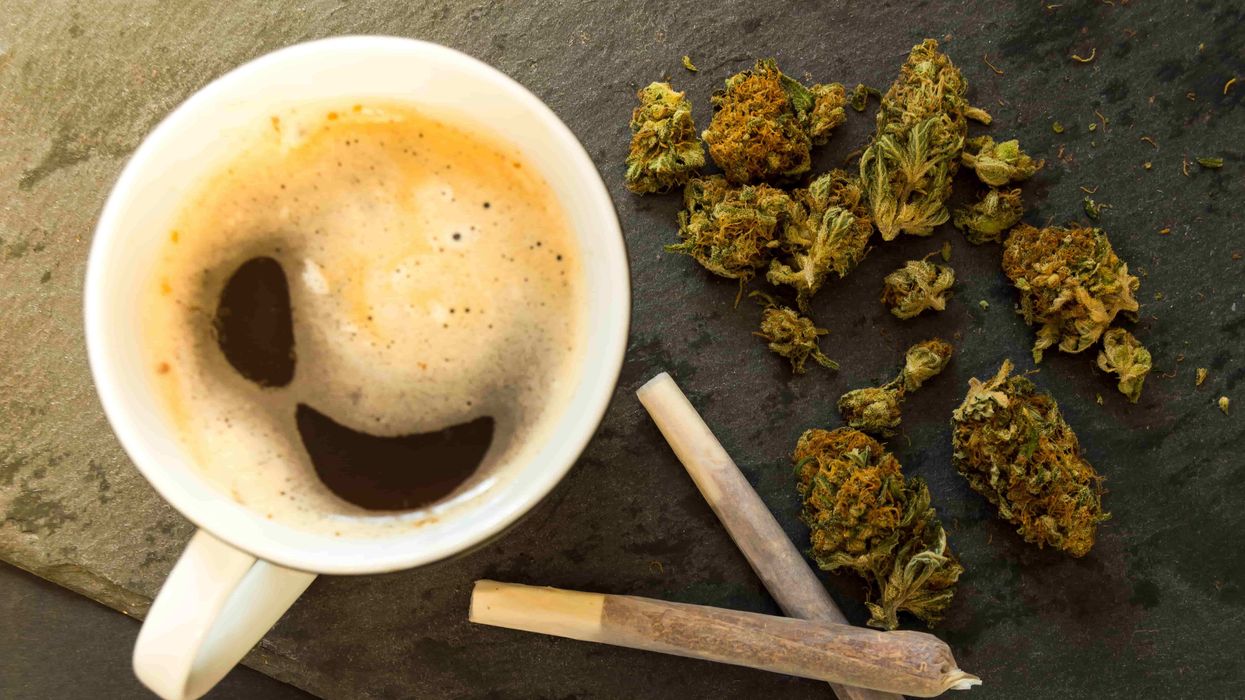
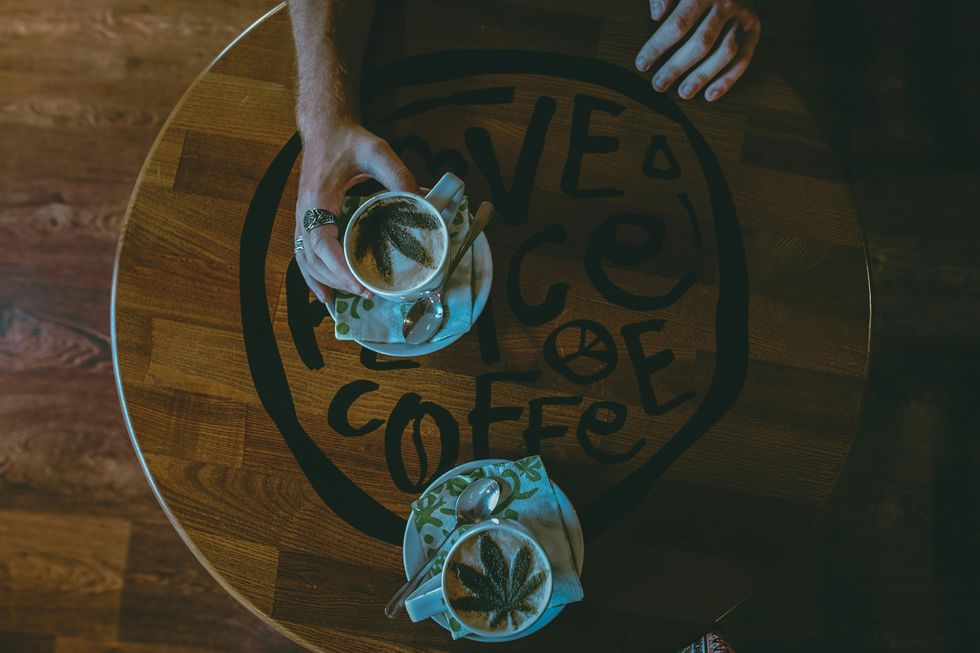 Coffee & Weed: A Modern Spin on the Hippie Speedball - The Bluntness
Photo by
Coffee & Weed: A Modern Spin on the Hippie Speedball - The Bluntness
Photo by 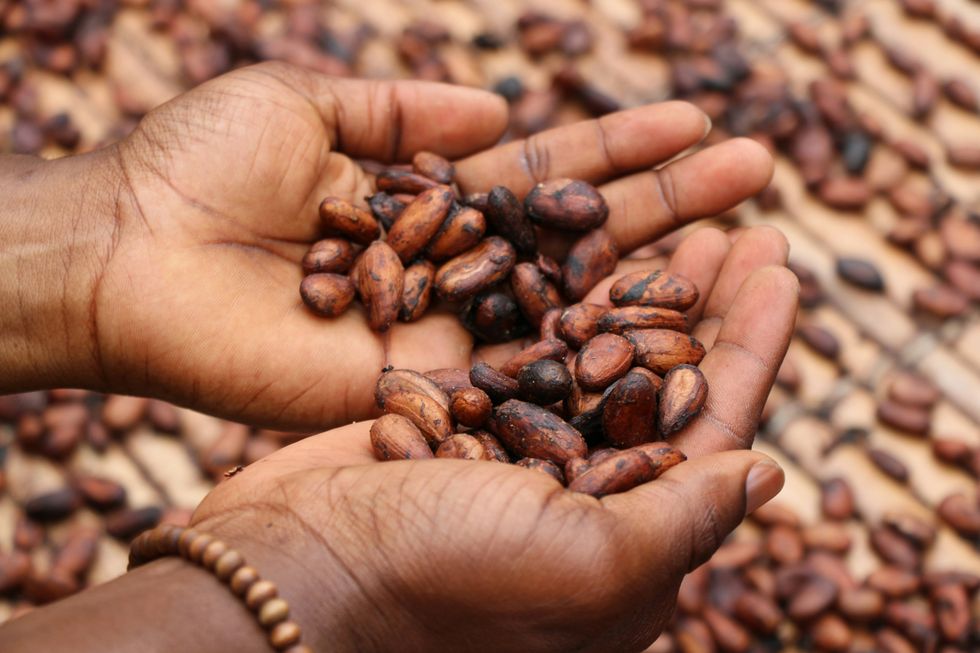 Coffee & Weed: A Modern Spin on the Hippie Speedball - The Bluntness
Photo by
Coffee & Weed: A Modern Spin on the Hippie Speedball - The Bluntness
Photo by 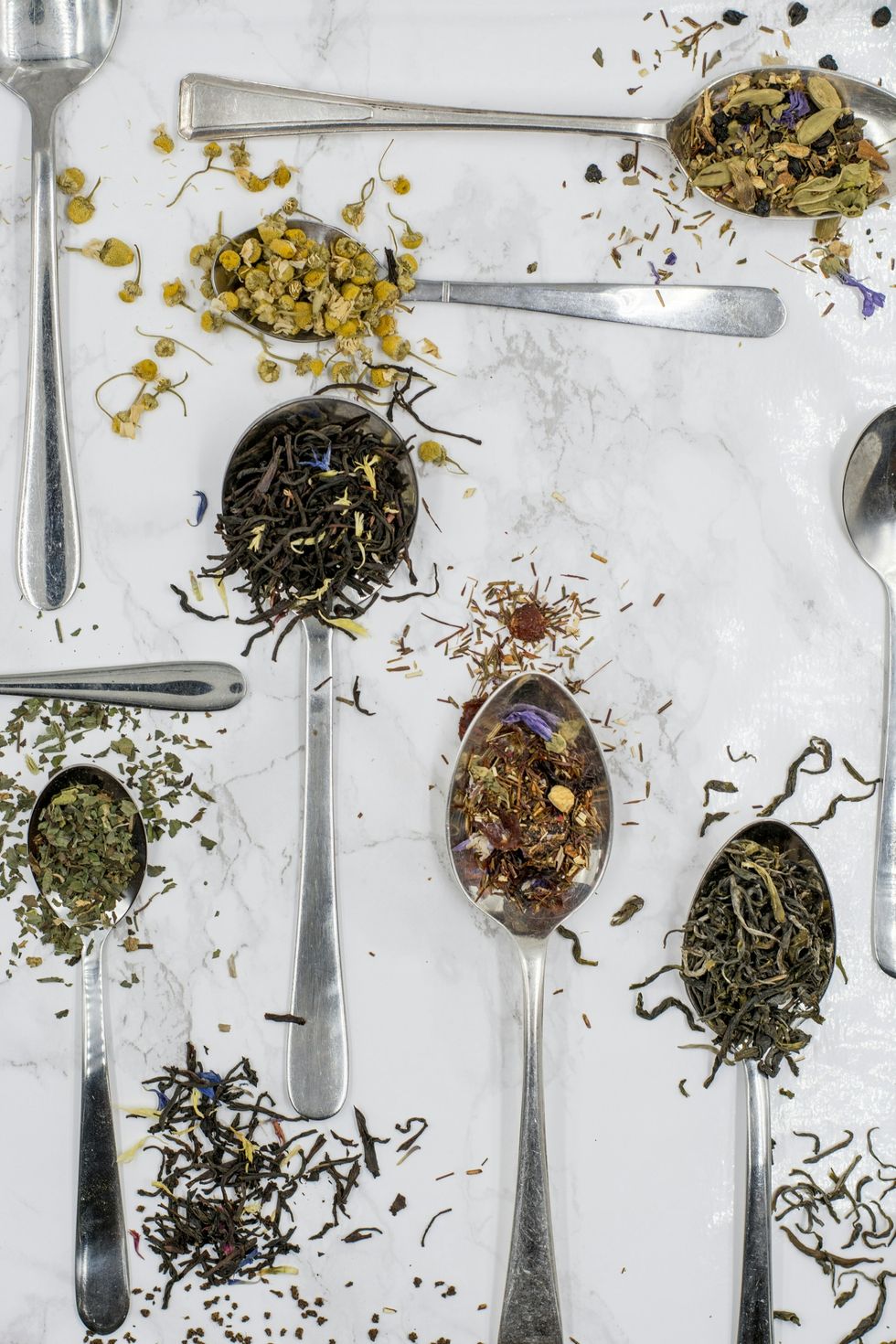 Coffee & Weed: A Modern Spin on the Hippie Speedball - The Bluntness
Photo by
Coffee & Weed: A Modern Spin on the Hippie Speedball - The Bluntness
Photo by 
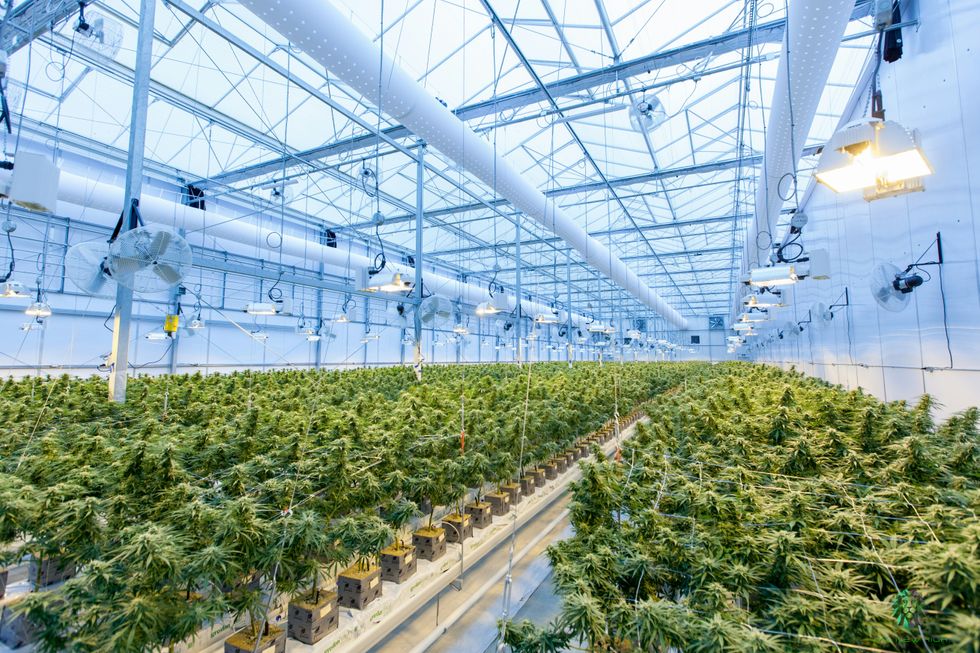 When it comes to pricing, cultivation methods matter - The Bluntness
Photo by
When it comes to pricing, cultivation methods matter - The Bluntness
Photo by 
 Example of sexually suggestive content that's rampant on our Instagram feeds and under Explore sections.
Example of sexually suggestive content that's rampant on our Instagram feeds and under Explore sections.  Examples of sexually suggestive content that's rampant on our Instagram feeds and under Explore sections.
Examples of sexually suggestive content that's rampant on our Instagram feeds and under Explore sections. 




